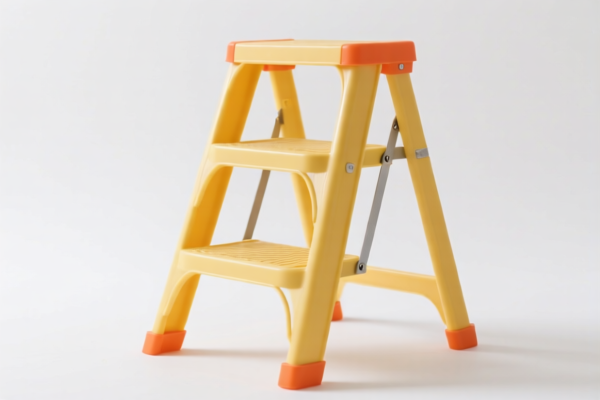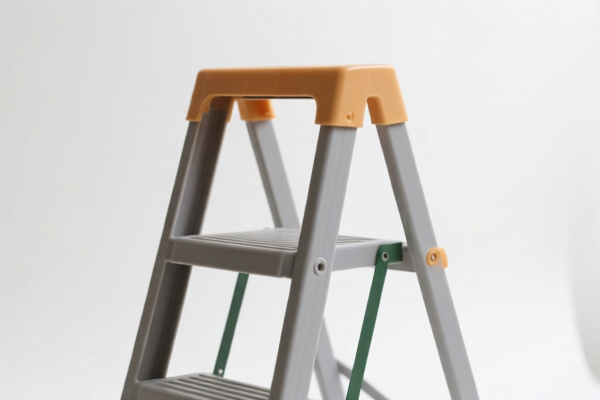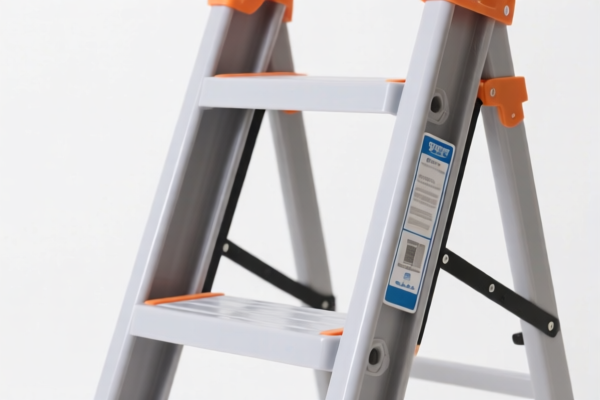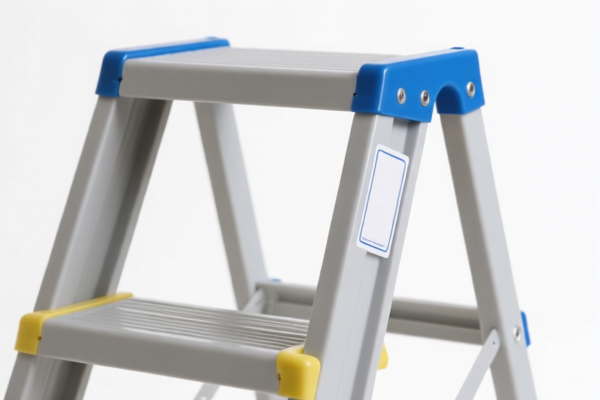| HS Code | Official Doc | Tariff Rate | Origin | Destination | Effective Date |
|---|---|---|---|---|---|
| 7313000000 | Doc | 80.0% | CN | US | 2025-05-12 |
| 7314190100 | Doc | 80.0% | CN | US | 2025-05-12 |
| 7314496000 | Doc | 80.0% | CN | US | 2025-05-12 |
| 8304000000 | Doc | 33.9% | CN | US | 2025-05-12 |
| 6701003000 | Doc | 59.7% | CN | US | 2025-05-12 |
| 6701006000 | Doc | 59.7% | CN | US | 2025-05-12 |
| 8530800000 | Doc | 55.0% | CN | US | 2025-05-12 |
| 8530900000 | Doc | 55.0% | CN | US | 2025-05-12 |
| 8608000000 | Doc | 58.8% | CN | US | 2025-05-12 |
| 8608000000 | Doc | 58.8% | CN | US | 2025-05-12 |




Fence Repairer
A fence repairer is a tool designed to mend or restore damaged sections of fencing. These tools, and the techniques employed, vary significantly based on the type of fence, the extent of the damage, and the desired level of repair.
Material
Fence repair commonly utilizes materials matching the existing fence construction. Common materials include:
- Wood: For wooden fences, repair often involves lumber (pine, cedar, redwood), nails, screws, wood glue, and wood preservatives.
- Metal: Metal fences (chain-link, wrought iron, aluminum) require metal fasteners (bolts, rivets, wire), welding equipment (for some repairs), metal paint or coatings, and potentially replacement metal sections.
- Vinyl/PVC: Vinyl fences necessitate specialized vinyl adhesives, replacement vinyl sections, and potentially heat-welding tools for seamless repairs.
- Composite: Composite fencing uses composite repair kits, specialized fasteners, and color-matching compounds.
Purpose
The primary purpose of a fence repairer (and the associated techniques) is to:
- Restore the structural integrity of a fence.
- Prevent further deterioration or collapse.
- Maintain the aesthetic appearance of the fence.
- Ensure the safety and security provided by the fence.
Function
Fence repair functions fall into several categories:
- Post Repair/Replacement: Addressing leaning, broken, or rotting posts, often involving digging, concrete work, and securing new posts.
- Panel/Picket Repair/Replacement: Replacing damaged sections of fencing (pickets, rails, panels) due to breakage, rot, or weathering.
- Fastener Replacement: Tightening loose fasteners or replacing corroded/broken ones.
- Wire Repair (Chain-Link): Repairing breaks or tears in chain-link fabric, typically involving wire ties or splicing techniques.
- Gate Repair: Addressing sagging, broken hinges, or latch malfunctions.
Usage Scenarios
- Residential: Repairing fences around yards, gardens, and pools for privacy, security, and pet containment.
- Agricultural: Mending fences to contain livestock, protect crops, and define property boundaries.
- Commercial/Industrial: Repairing perimeter fences for security, access control, and property demarcation.
- Rural/Remote Areas: Maintaining fences in areas with challenging terrain or limited access.
Common Types (Tools and Techniques)
- Post Hole Digger/Auger: For digging holes to replace posts.
- Concrete Mixers/Tools: For preparing and pouring concrete around posts.
- Saws (Hand Saws, Circular Saws, Reciprocating Saws): For cutting wood or metal sections.
- Drills/Screwdrivers: For installing fasteners.
- Welding Equipment (MIG, TIG, Stick): For repairing metal fences.
- Wire Ties/Crimpers: For repairing chain-link fences.
- Vinyl Repair Kits: Containing adhesives and color-matching compounds for vinyl fences.
- Level/Plumb Bob: Ensuring proper alignment during repairs.
- Hammer/Nail Set: For driving and setting nails.
- Fence Stretchers: For tightening chain-link fabric.
- Wood Chisels/Planes: For shaping and smoothing wood.
Based on the provided information, the declared goods "fence repairer" can be associated with the following HS codes:
- 7313000000: This HS code covers iron or steel barbed wire; twisted hoop or single flat wire, barbed or not, and loosely twisted double wire, of a kind used for fencing, of iron or steel. This is applicable if the repair involves barbed wire fencing. The chapter (73) relates to iron or steel products. The heading (000000) specifically denotes barbed wire and related fencing materials. The basic tariff is 0.0%, with an additional tariff of 25.0% and 30.0% after April 2, 2025, plus a 25% additional tariff for steel and aluminum products, resulting in a total tariff of 80.0%.
- 7314190100: This HS code covers cloth (including endless bands), grill, netting and fencing, of iron or steel wire; expanded metal of iron or steel: Woven cloth: Other. This is applicable if the repair involves woven fencing materials. The chapter (73) relates to iron or steel products. The heading (190100) specifically denotes woven cloth used for fencing. The basic tariff is 0.0%, with an additional tariff of 25.0% and 30.0% after April 2, 2025, plus a 25% additional tariff for steel and aluminum products, resulting in a total tariff of 80.0%.
- 7314496000: This HS code covers cloth (including endless bands), grill, netting and fencing, of iron or steel wire; expanded metal of iron or steel: Other grill, netting and fencing: Other: Cut to shape. This is applicable if the repair involves other types of iron or steel grill, netting, or fencing cut to shape. The chapter (73) relates to iron or steel products. The heading (496000) specifically denotes other grill, netting, and fencing cut to shape. The basic tariff is 0.0%, with an additional tariff of 25.0% and 30.0% after April 2, 2025, plus a 25% additional tariff for steel and aluminum products, resulting in a total tariff of 80.0%.
Regarding HS codes 7313000000, 7314190100, and 7314496000, please note the additional tariff of 25.0% and 30.0% after April 2, 2025, plus a 25% additional tariff for steel and aluminum products, resulting in a total tariff of 80.0%.
Customer Reviews
No reviews yet.